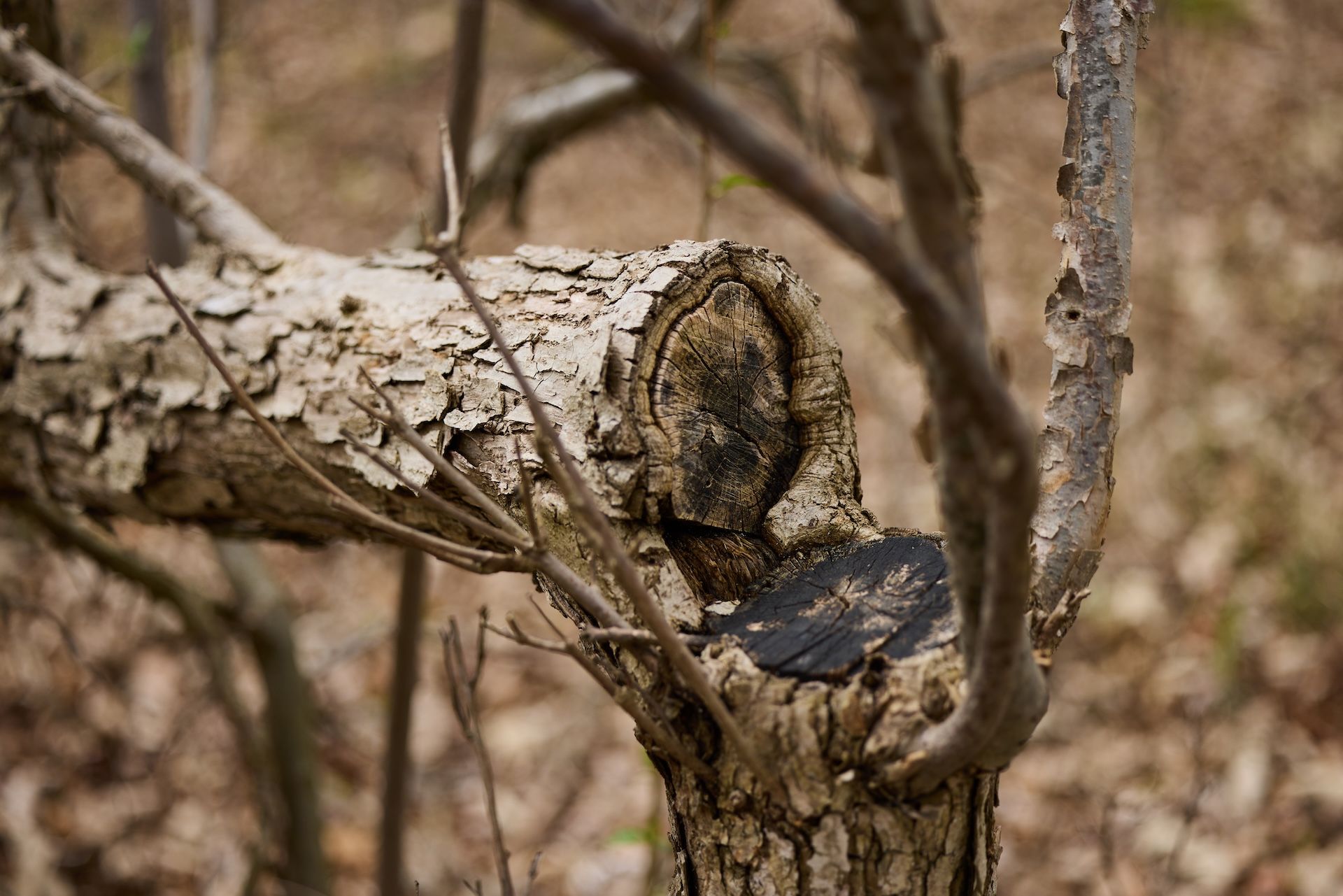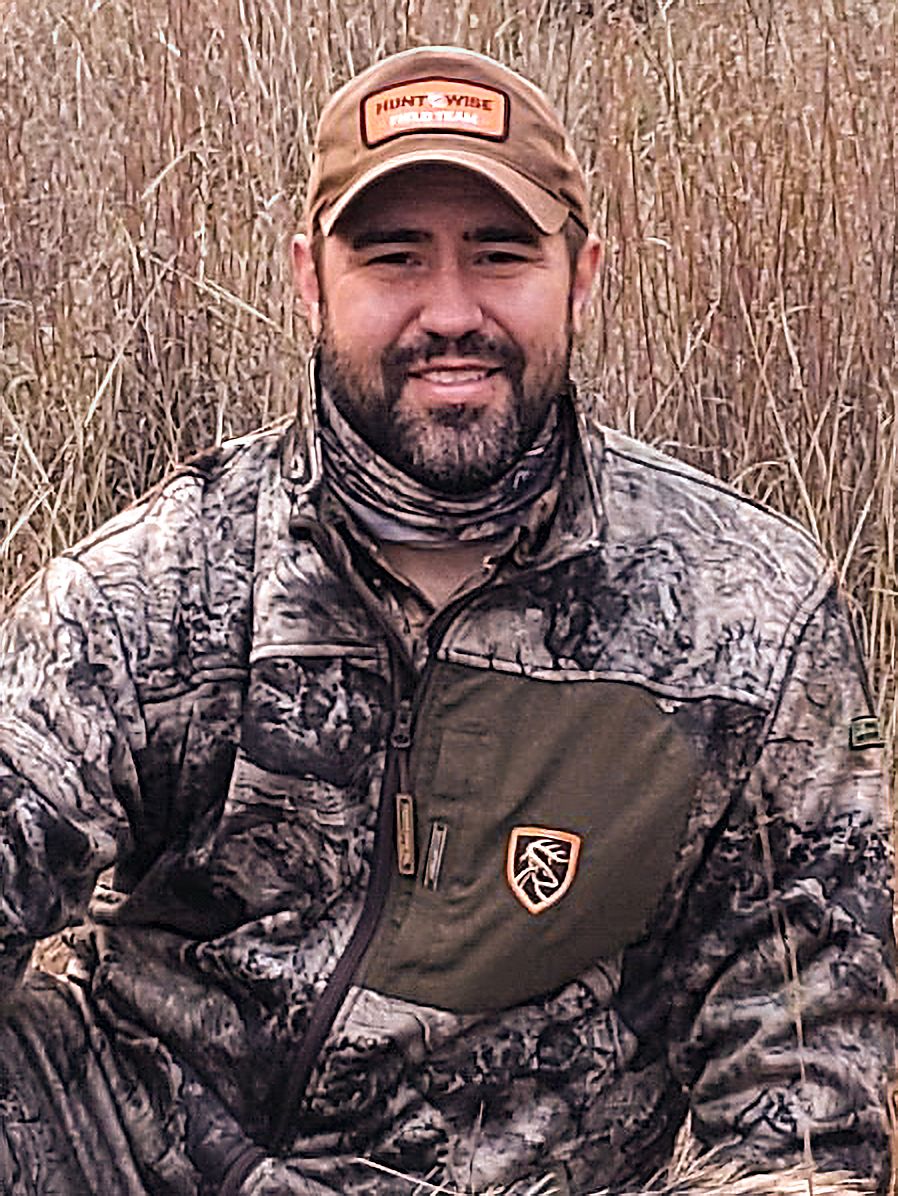Hinge cutting can be a great tool to add that missing bedding and fawning cover while simultaneously increasing the amount of food found on your property — but when is the best time to hinge cut trees? And, how do you do it?
We answer those questions today, so keep reading!
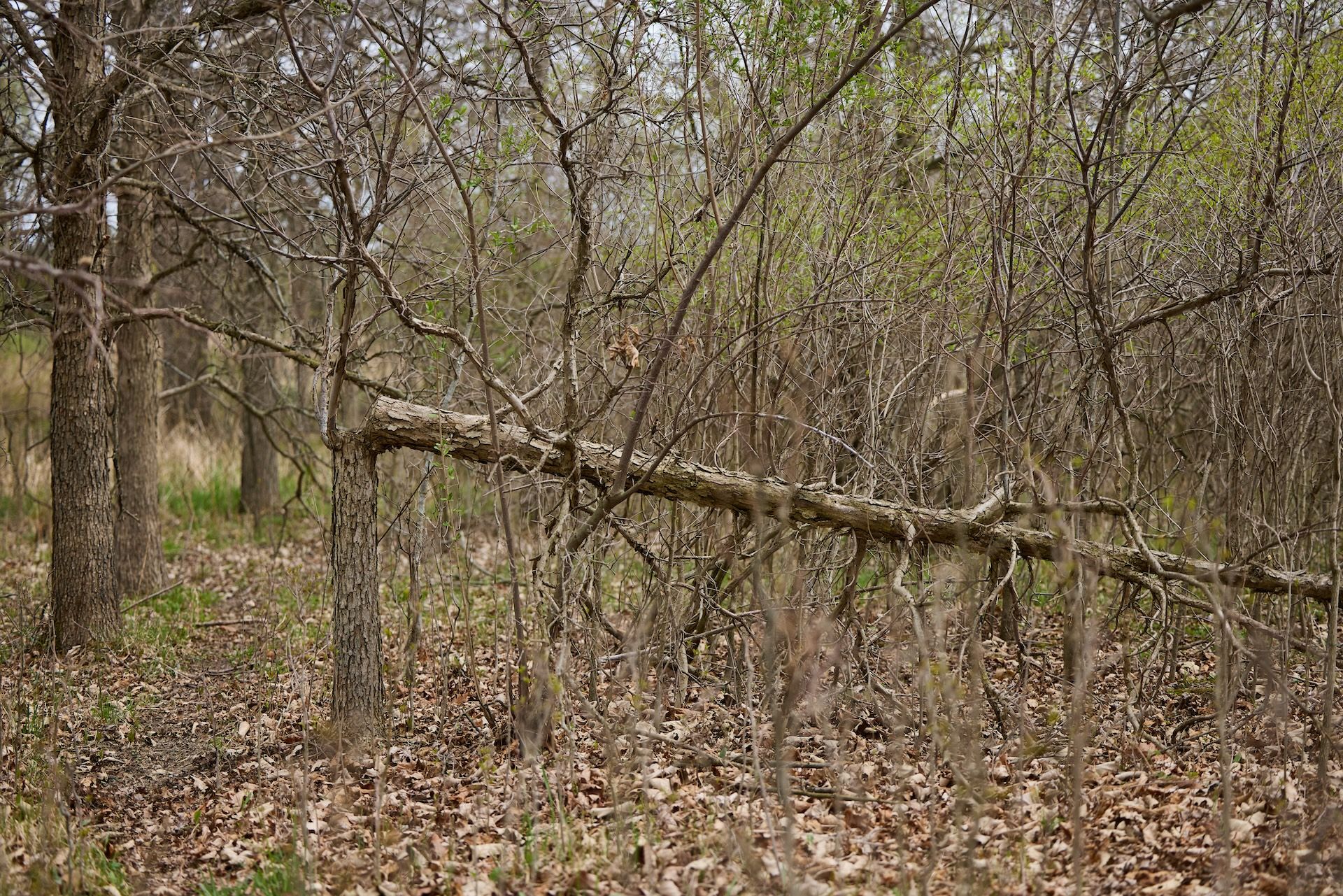
What is Hinge Cutting?
Hinge cutting is a land management practice where select trees are partially cut, creating a “hinge” as the tree falls over to one side. By sawing through about two-thirds of the tree but leaving part of the cambium layer intact, which transports water and nutrients throughout the tree, it remains alive and continues to grow.
Hinge cutting creates instant ground-level cover by forming horizontal structures in normally vertical and monotonous woodlots. This helps obscure the sightlines of predators and establishes sanctuaries where prey animals can feel more secure.
By lowering the canopy of certain trees, land managers and foresters can also increase the amount of browse within reach of deer and other ground-dwelling wildlife.
Habitat Management Helps Support the Herd and Other Wildlife
Unlike traditional tree cutting, which usually has lumber production or clearing pasture land as the primary goal, hinge cutting is another tool in the land manager's toolkit that focuses more on habitat creation.
Hinge cutting can be beneficial to all kinds of animals. Small game like rabbits, quail, and turkeys benefit from the additional cover as well. Stands of fallen trees can eventually become thickets and can generate great nesting locations for ground-nesting birds with a newly improved understory.
One of my favorite aspects of hinge cutting is the ability to strategically place bedding cover on your property wherever you need it. On our property, we utilize sanctuaries, or no-go zones, during the majority of the year. This creates spaces where deer can go about their day without being disturbed by human pressure and feel safe, without being pushed onto neighboring properties, especially before and during hunting season.
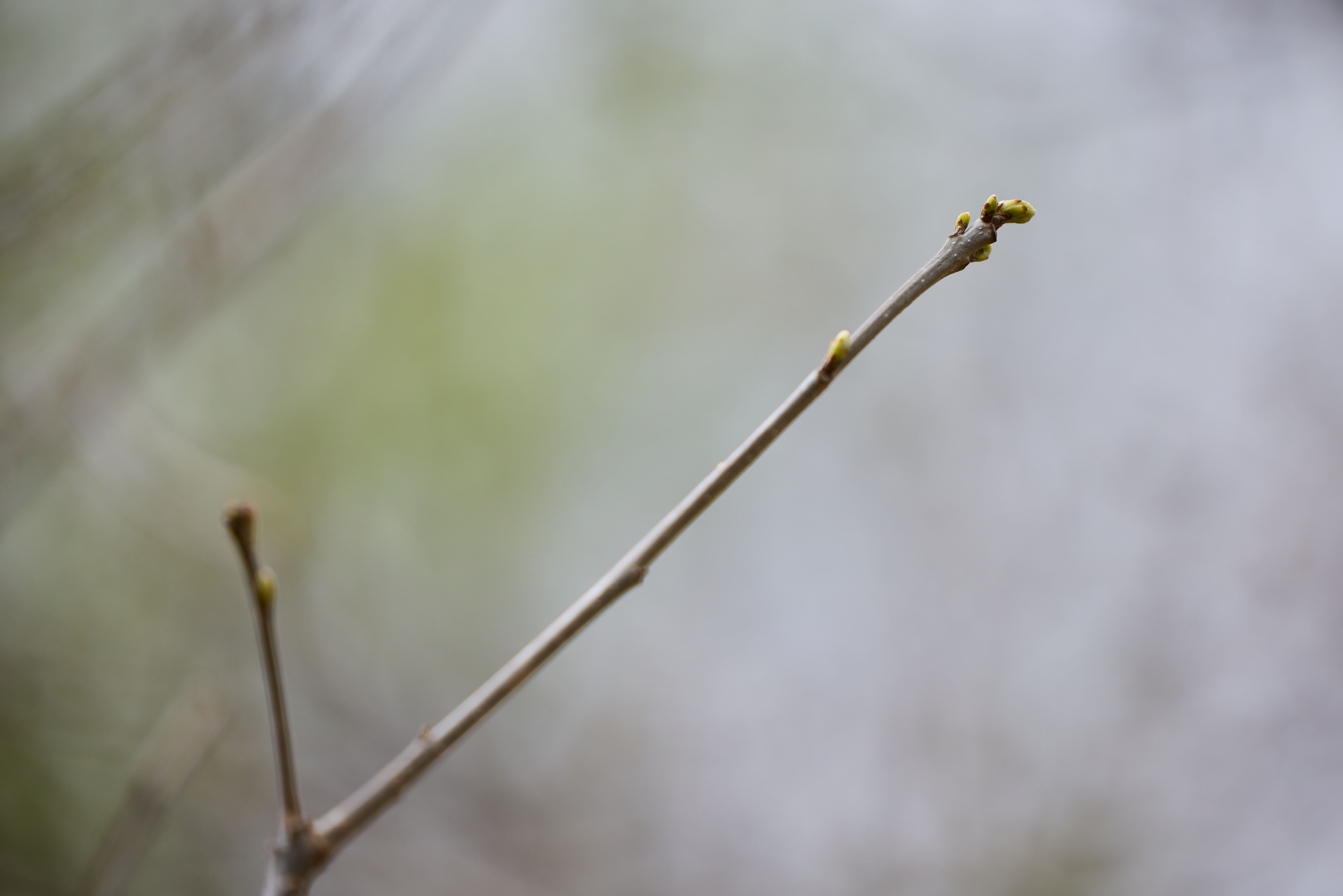
Why Spring is the Best Time to Hinge Cut Trees
So, when is the best time to hinge cut trees?
While hinge cutting is a land management project that can be done any time of year, spring reigns supreme as the best time to break out that chainsaw.
Spring sap flow makes tree cutting easier, as the trees are coming out of winter hibernation and begin actively growing. This helps maintain the hinge that keeps the tree alive for all those increased habitat benefits.
Hinge cuts made during the spring create bedding cover and foraging areas just as deer and turkeys prepare to drop fawns or brood over nests. Freshly cut trees in spring also provide a new source of nutrient-rich green leaves and buds within reach of wildlife.
This extra nutrition helps deer replenish fat reserves after a long, cold winter during the last few months of gestation and during the key first few months of milk production for this year’s new fawn crop.
It's Good Timing for the Trees, Too
Because trees are actively growing in the spring, those trees cut in spring are more likely to regenerate more from the stump or hinge, promoting long-term habitat improvement for years to come.
Spring foliage is also just beginning to emerge, making it easier to see into the tops of trees and how each tree fills the canopy. This can help as you plan which trees to cut without the dense leaf cover of summer in your way.
And who knows, you might even stumble across a shed antler or two of next season’s target buck in areas that would otherwise be off limits to wandering around to not disturb your property’s sanctuaries.
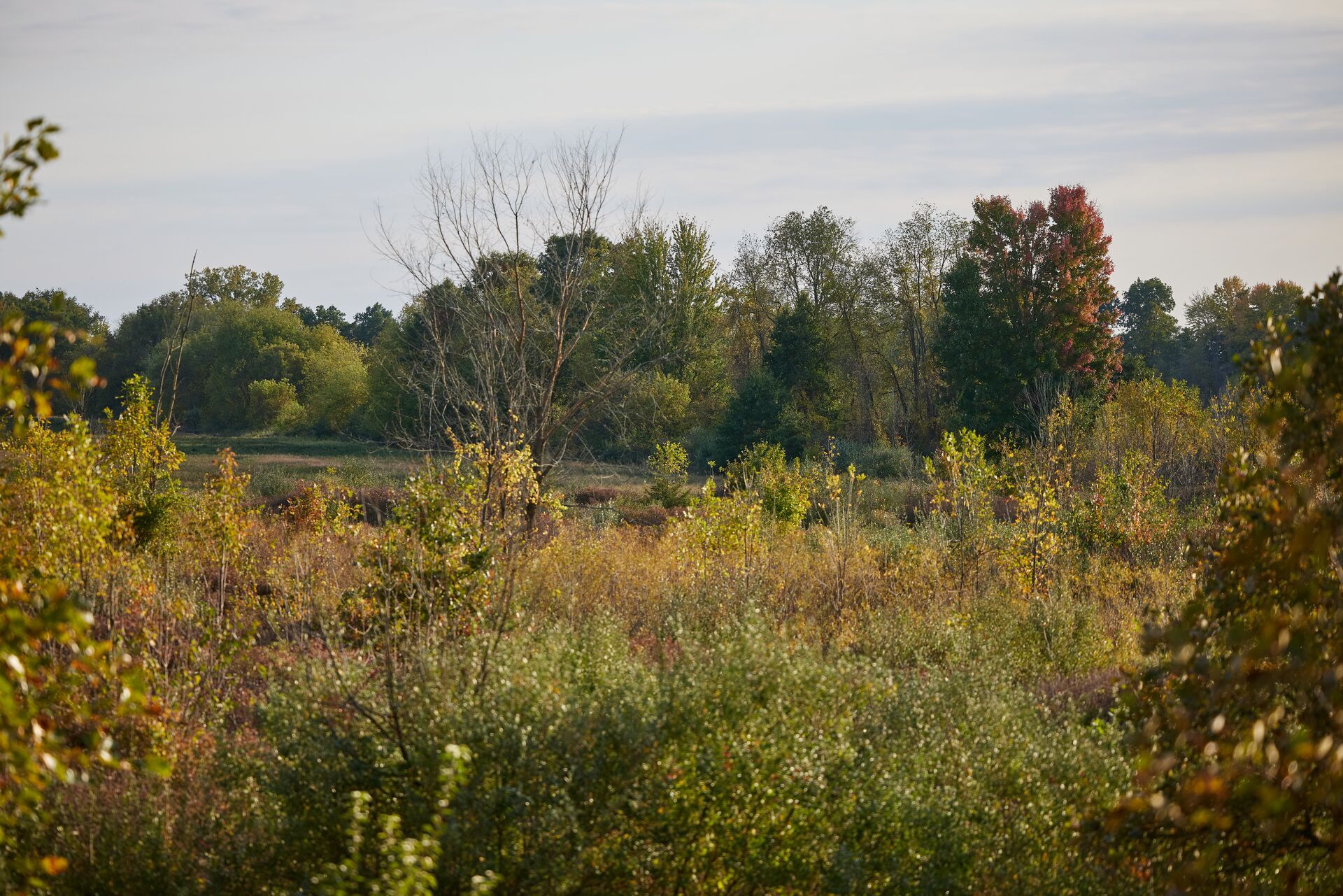
How to Hinge Cut Trees
Choosing the right tree is important.
Focus on species like maple, beech, or elm, which are suitable for hinge cutting and have the most potential benefit to wildlife. Smaller trees about the same size as your forearm work best, especially if they are clumped together in thick stands that block sunlight from reaching the ground.
Cutting these trees allows more sunlight to reach the soil, boosting the potential for regenerative and surrounding growth. Avoid cutting birch, hickory, conifers, or oaks, as many of these trees may not hinge properly or survive. Valuable mast-producing trees should also be avoided as they will continue to produce best if left standing vertically.
Use the Right Tools
You’ll need to equip yourself with a sharp chainsaw and the necessary safety gear. This includes a helmet, chaps, gloves, and of course — don’t forget the eye and ear protection.
Marking tape or paint can also come in handy when planning which trees to cut. Always check for overhead hazards, work with a partner, and never cut trees in high winds or other unsafe conditions.
Make the Right Cuts
Begin by cutting about chest height and only cutting about 70-80% through the tree trunk, ensuring the remaining intact portion of the tree bends in the direction you want. Avoid cutting too deep, as the tree may break off entirely, rendering it useless for future browse.
Hinge the tree to fall strategically, creating cover, travel pathways, or barriers to funnel deer toward hunting stand locations or food plots.
Remember to put safety first! Always check for overhead hazards, work with a partner, and never cut trees in high winds or other unsafe conditions.
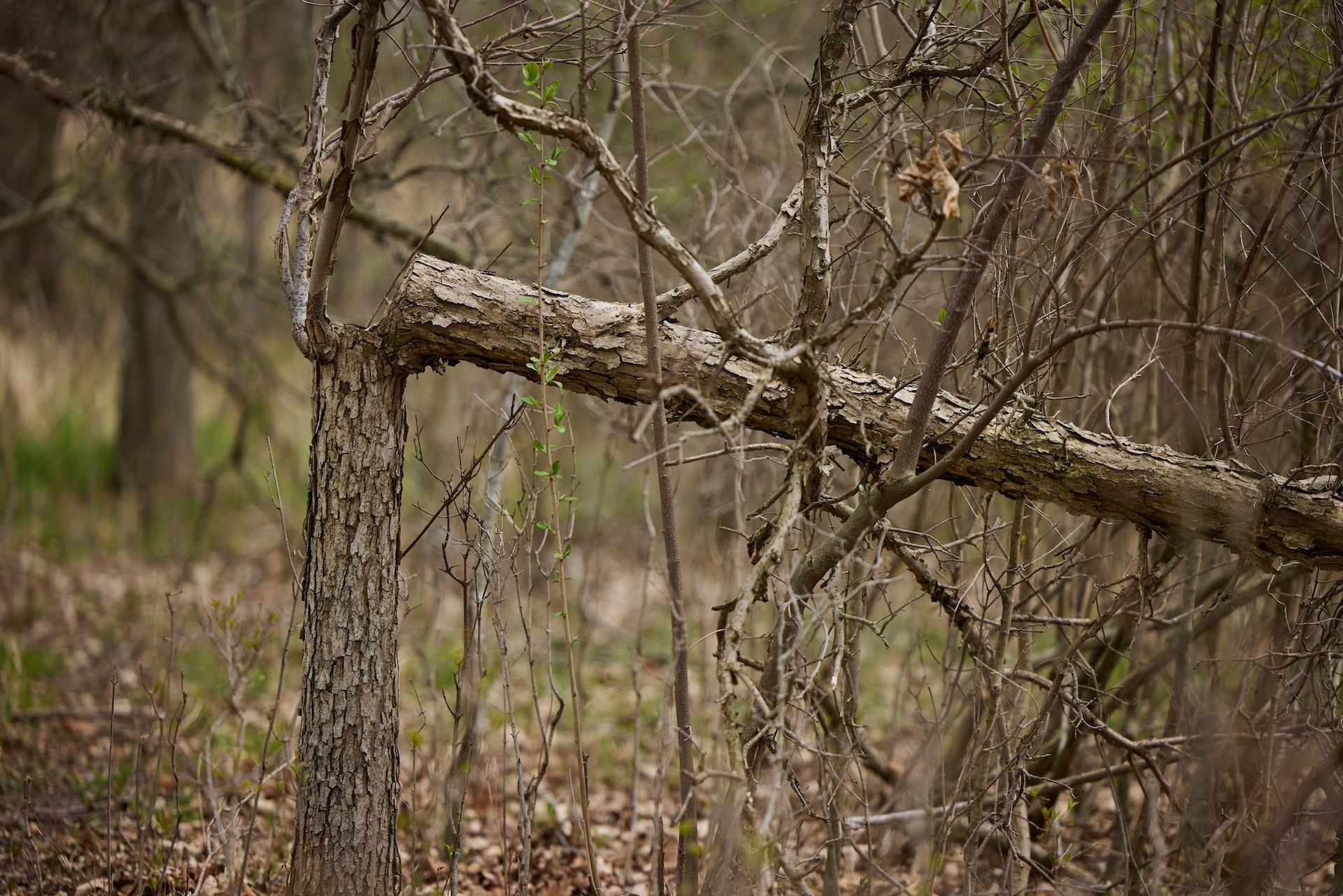
Use HuntWise to Plan Your Hinge Cuts (and Hunts)
Using the various satellite layers available on HuntWise can be a great tool to help you target areas on your property for strategically planning where to hinge-cut trees to direct deer travel. HuntWise is also the best tool to use when planning where to place food plots or hunting stands.
Then, of course, when it's time to plan your hunt, use HuntWise map layers and markers to scout and plot entry and exit points, where to set your stand or tree saddle, and plan the best days and times to get out in the field.
Download HuntWise today to get a bird’s eye view of your property and help you tag out this season.
Enjoy a week — free — in the app!
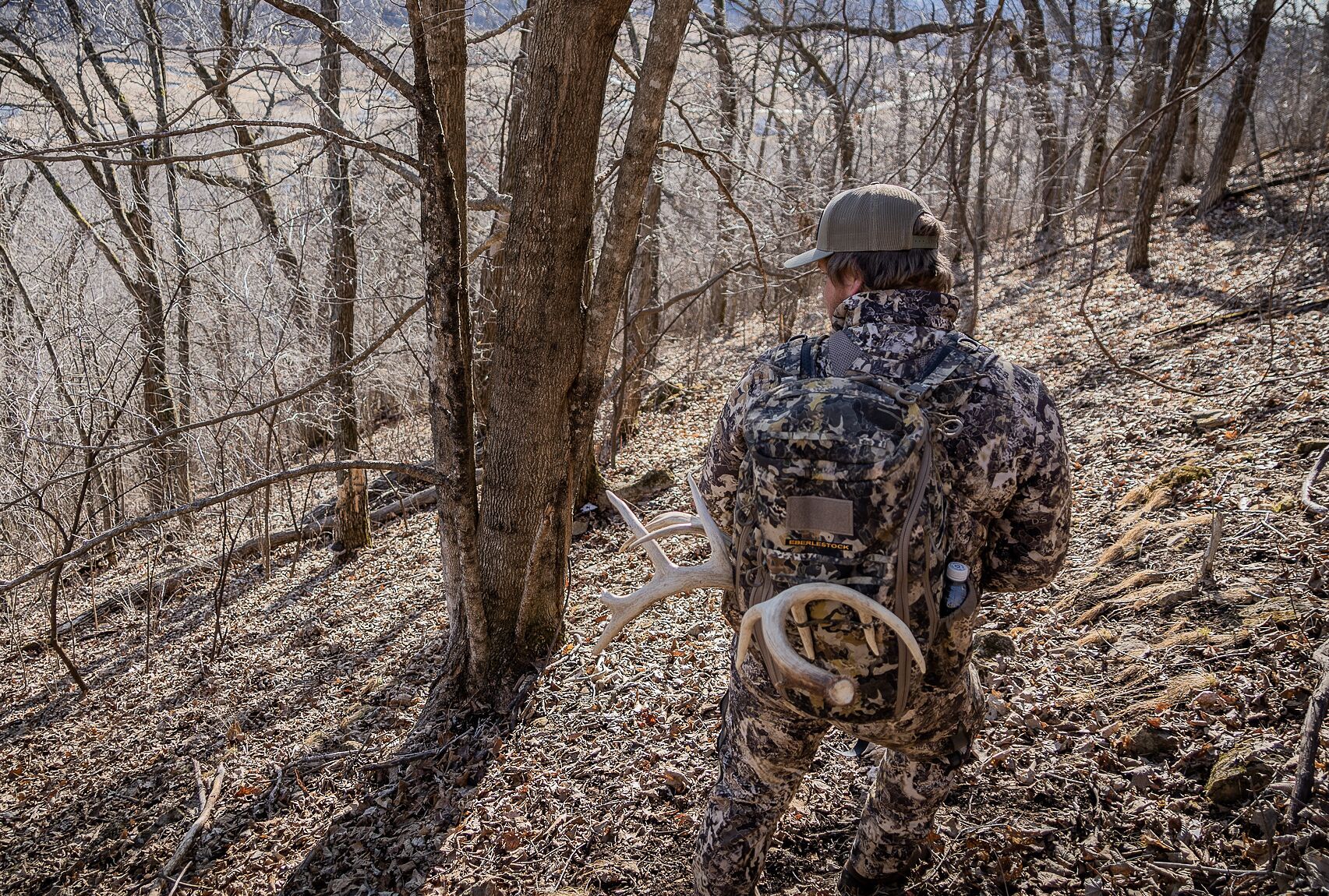

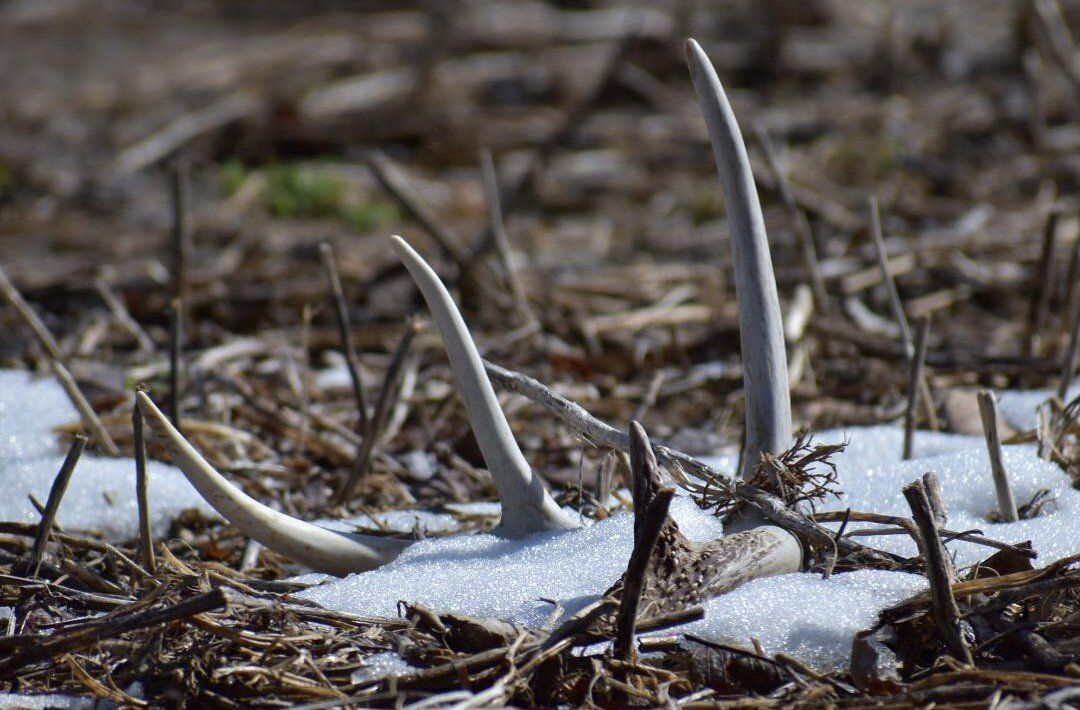 Hunting Tips
Hunting Tips Hunting Tips
Hunting Tips Hunting Tips
Hunting Tips